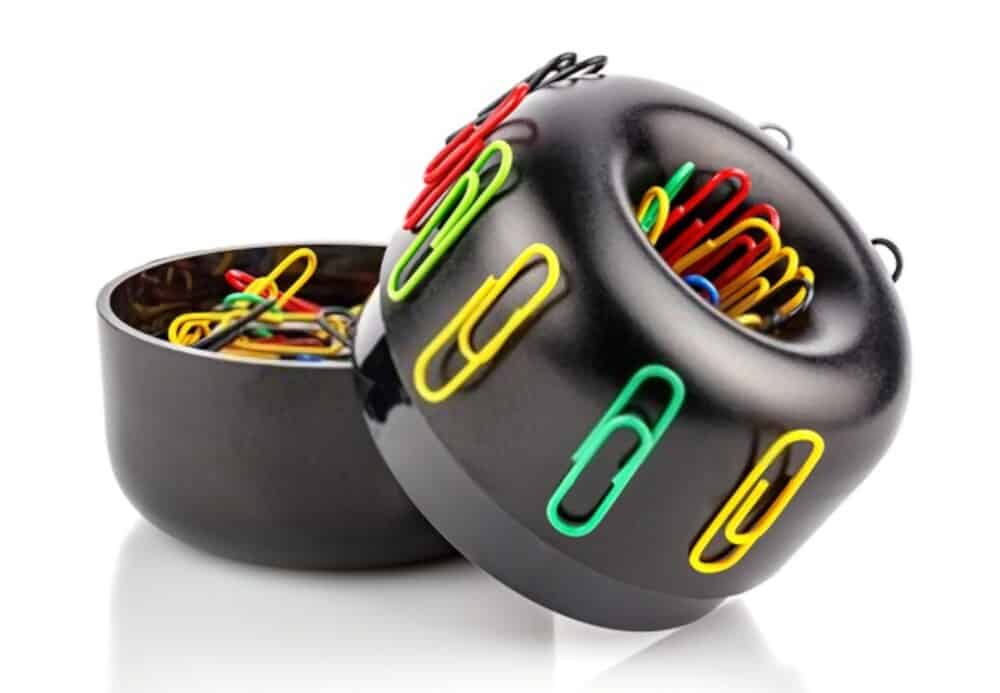Magnets come in a variety of sizes and unique forms like a bar, block, disc, sphere, pot, U shape and cylindrical, among others. The shape of a magnet, usually, has an influence on how it is used as well as the strength of its pull.
If you’re looking for magnets with a high level of magnetism and a large pull force from a relatively small surface pole area, cylindrical magnets are the best to go for. Cylindrical magnets have a thickness that is equal to or larger than the diameter, resulting in high Gauss values and a deep depth of field.
Applications of cylindrical magnets
The cylindrical shape comes in handy in various applications ranging from industrial to research to experimental uses. Let us take a look at a few applications of cylindrical magnets.
Find metal studs or nails inside a wall
Cylindrical magnets can be used to attract studs or nails behind a wall. These magnets, though small, are powerful enough to find metal objects lodged inside a drywall by merely dragging them across the wall. You can also tie a string around a cylindrical magnet and sway the string across the wall. The magnet will find its way to any ferromagnetic object inside the wall. Do not forget to stick a duct tape onto the magnet to avoid spoiling or scratching your walls or chipping your magnet.
Identifying counterfeit gold and silver coins
You can use a cylindrical magnet to identify counterfeit coins. Both silver and gold are non-magnetic metals. So when you keep a cylindrical magnet near a coin, it will not be attracted. However, counterfeit coins that have iron or steel content will stick to the magnets.
You can also spot counterfeit silver using a magnetic slide experiment. Silver is diamagnetic which means when a magnet comes in contact with silver, it repels or slides down.
To magnetise other objects and retaining magnetism for magnets
Cylindrical magnets are used to magnetise temporary magnets like paper clips, scissors, and staples, and for retaining magnetism for other magnets.
Easy to demonstrate axial and diametric magnetism
Cylindrical magnets are apt to exhibit the axial and diametric magnetism phenomenon. If you keep two cylindrical magnets with axial magnetism, the magnets are attracted on their largest flat surfaces. On the other hand, diametric magnets are attracted on their rounded edge.
Remove metallic impurities from various products
Several industries use cylindrical magnets to remove metallic impurities. Magnets are used to remove scrap metal from airport runways that might damage the tyres. Likewise, the food and pharmaceutical industries use cylindrical magnets to remove excess iron from their products. With the help of cylindrical magnets, you can also remove any impurities when manufacturing plastic, glass as well as ceramic products.
Separating the ore from metal
Magnets are also used in the mining industry for separating the ore from metal.
Applications in medical procedures and magnetic experiments
Cylindrical magnets are used as stirrers in the laboratory for magnetic experiments. They are also widely used in medical procedures.






